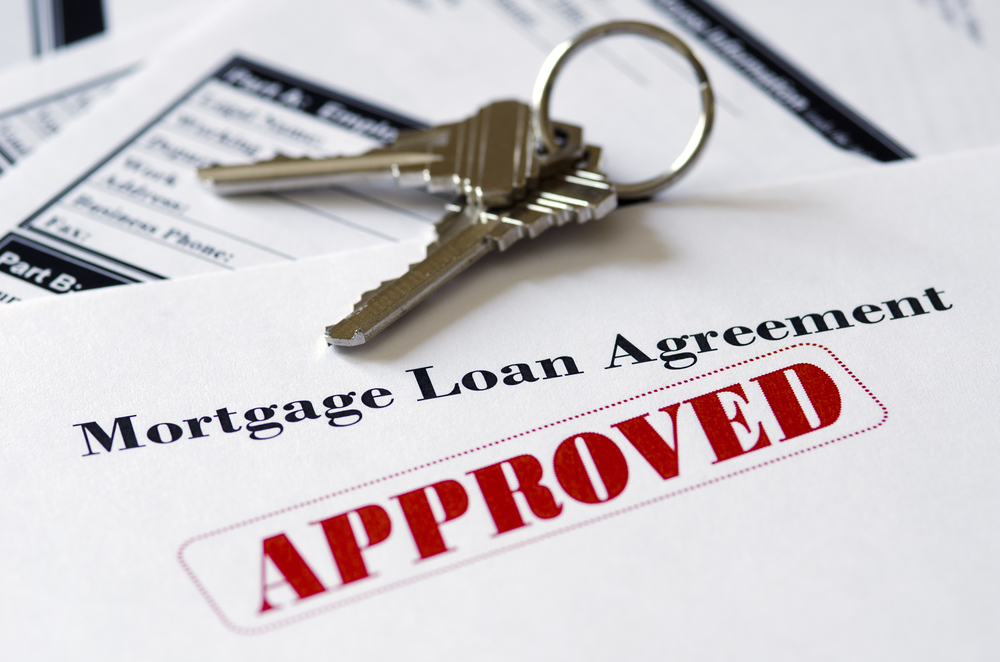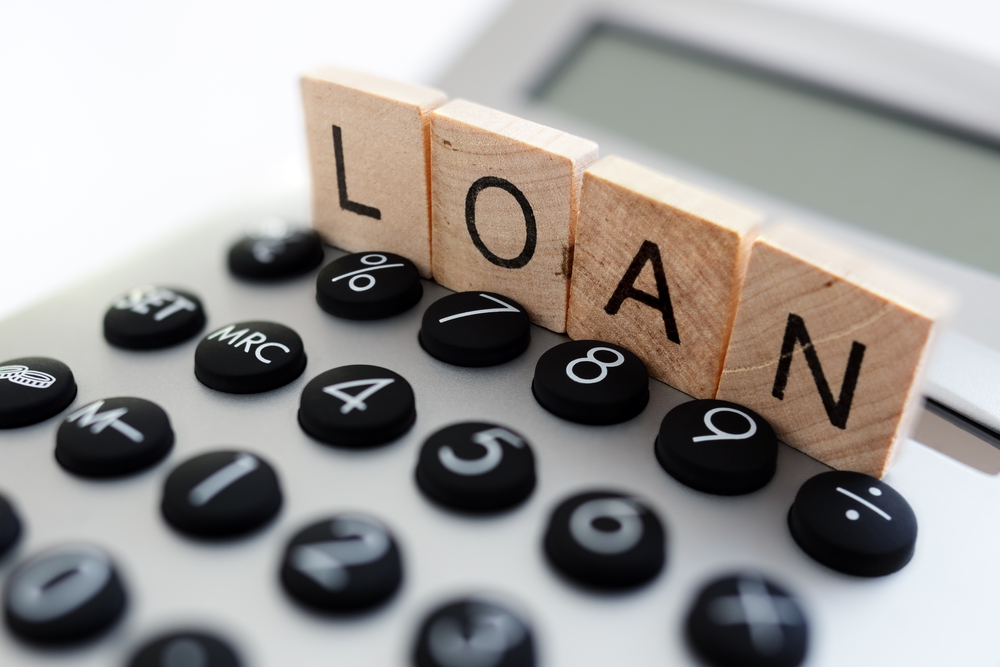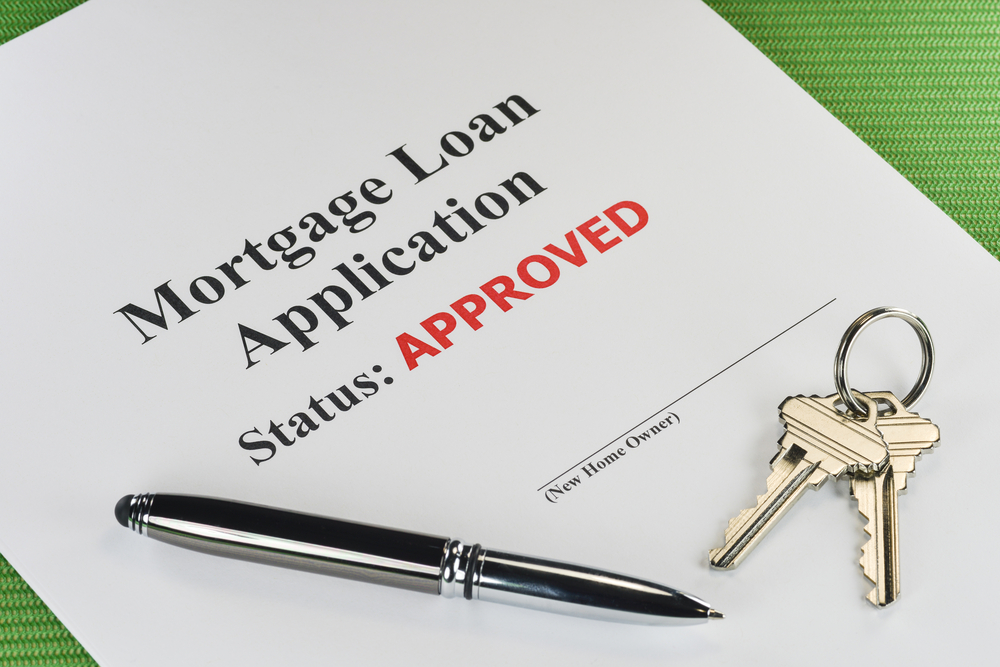A conventional loan and an FHA loan are both excellent products when you are ready to purchase a house. Because FHA mortgages are guaranteed by the Federal Housing Administration they’re generally easier to qualify for and may feature slightly lower interest rates than a conventional mortgage.
But while an FHA loan can open the door to homeownership, a conventional loan may be a better option depending on your circumstances. Here’s a look at a few key differences between an FHA loan and a conventional loan.
Down Payment Requirements
One primary difference between both products is the down payment requirement. Currently, FHA mortgages only require a down payment of 3.5%. Some conventional mortgage products have down payments as low as 3%, but these programs are often limited to first-time homebuyers and low-to-moderate income borrowers. The standard minimum down payment for a conventional mortgage is 5%.
Credit Score Requirements
Credit score requirements for a mortgage vary by bank. Typically, you need a minimum credit score of 620 to qualify for conventional mortgage products backed by Fannie Mae or Freddie Mac—although some lenders may require minimum scores between 640 and 660.
FHA loans offer flexible credit standards. You can qualify with a minimum credit score between 500 and 580, and it’s also easier to qualify for an FHA mortgage after a bankruptcy or foreclosure. With an FHA loan, you can purchase a home three years after a foreclosure and two years after a bankruptcy, versus seven years after a foreclosure and four years after a bankruptcy with a conventional mortgage.
Maximum Housing Ratio
FHA loans allow a higher housing ratio, which is the percentage of your gross income that goes toward your mortgage payment. With a conventional loan, your mortgage payment— including principal, interest and taxes—cannot exceed 28% of your gross income. With an FHA home loan, you can purchase a home with a mortgage payment up to 30% of your gross income. This increases purchasing power, allowing you to buy a more expensive property.
Mortgage Insurance
Since neither mortgage requires a 20% down payment, you are required to pay mortgage insurance with an FHA and conventional mortgage. Private mortgage insurance with a conventional loan costs between .5% and 1% of the mortgage balance annually, whereas FHA mortgage insurance is .85% annually. The amount paid for private mortgage insurance with a conventional product is based on your credit score. You might pay more for mortgage insurance with a conventional loan, but this doesn’t mean you’ll save money with a government loan.
Conventional loans are attractive because lenders eliminate private mortgage insurance once the loan-to-value ratio drops to 78%. This isn’t the case with an FHA loan. Mortgage insurance is required throughout the entire loan term with an FHA mortgage, and the only way to get rid of this insurance is to refinance the loan to a conventional loan. Additionally, FHA mortgages charge an upfront mortgage insurance premium, which is added to the loan balance and paid off over the term of the loan.








